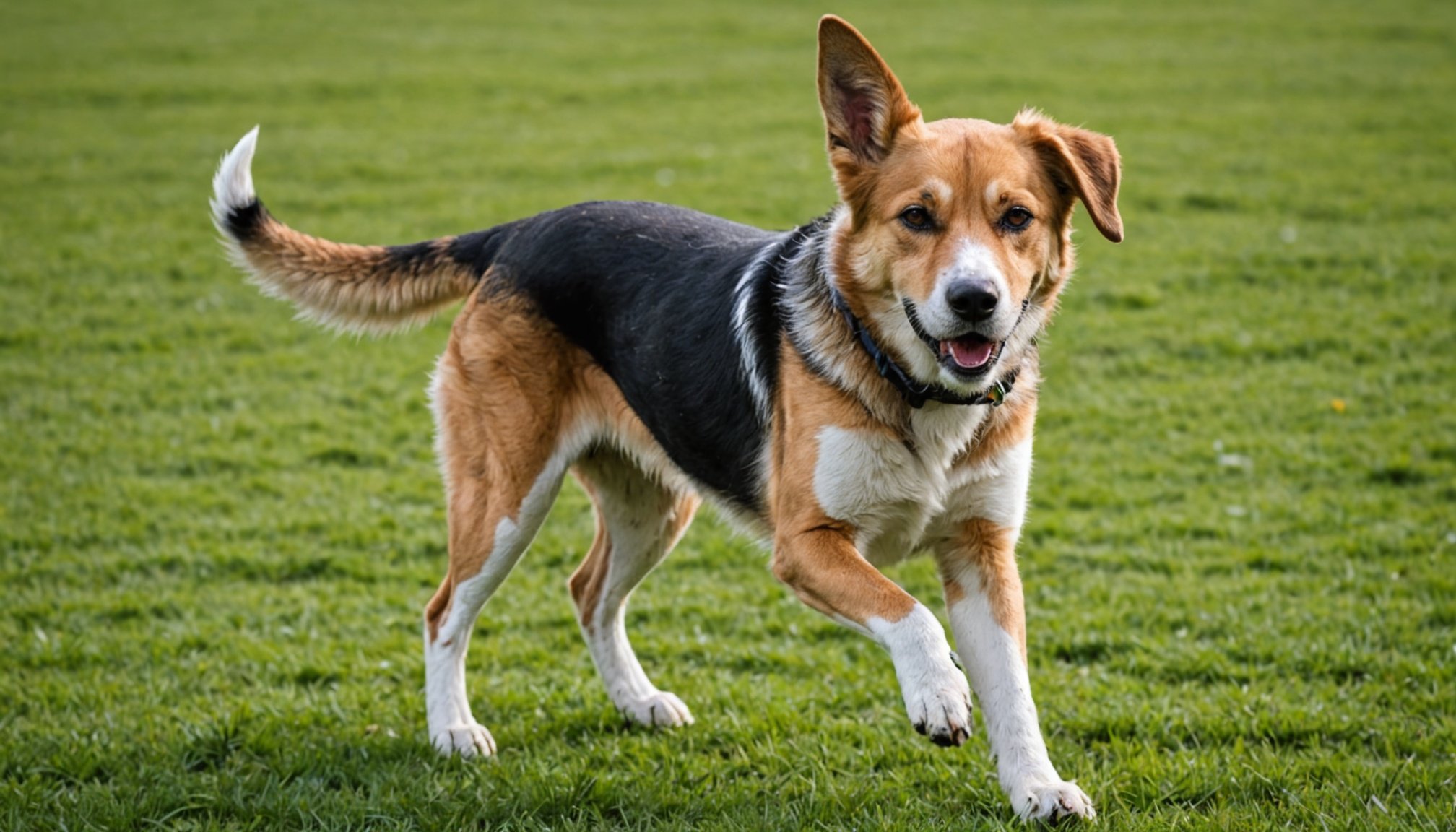Understanding Canine Overexertion
Recognising canine overexertion is vital for every pet owner involved in dog training. Overexertion occurs when a dog is pushed beyond its physical limits during activities. Identifying the early signs of fatigue can prevent severe health issues.
Defining Overexertion
Canine overexertion is characterized by a dog’s inability to recover from physical activities due to extreme tiredness. This is not merely a slowdown but a state where rest is insufficient for recovery. Overexertion can lead to dangerous health risks, including muscle injury, joint problems, and even heat exhaustion.
In the same genre : Unlocking the secrets to loose leash walking: essential training tips for your dog”s success
Recognising Signs
Key signs of fatigue include slowing down, excessive panting, or even reluctance to obey commands. Dogs may also exhibit glazed eyes, heavy breathing, and a refusal to continue exercising. Recognising these signs can save your pet from severe health consequences.
Health Risks
The connection between overexertion and health risks is direct. Ignoring fatigue warnings can escalate into joint deterioration, heatstroke, and other medical emergencies. Ensuring a balance between activity and rest is crucial for maintaining a dog’s health.
Also to see : Designing a Safe and Stimulating Environment for Your Hamster: Expert Tips and Clever Hacks
By understanding these factors, owners can take proactive measures to ensure dog training safety, maintaining the well-being and health of their furry companions.
Key Signs of Overexertion in Dogs
Understanding signs of overexertion is crucial for maintaining a dog’s health. Recognizing these signs can prevent them from becoming severe health issues, ensuring safe dog training and well-being.
Physical Indicators
Physical cues play a significant role in identifying overexertion. Excessive panting and drooling are initial signs that a dog is reaching its limits. Additionally, a dog lagging behind during walks or play indicates the need for immediate rest. Changes in posture and movement, such as limping or stiffness, suggest physical strain.
Behavioral Changes
Behavioural symptoms can also signal overexertion. A dog showing reluctance to continue exercising may be experiencing significant fatigue. Increased whining or whimpering should not be ignored, as they may reveal discomfort or distress. Furthermore, a loss of focus or disinterest in activities clearly signals overexertion.
Health Symptoms
Health indicators provide a clear picture of a dog’s physical state. An elevated heart rate and breathing require prompt attention. Dehydration symptoms, including dry gums and decreased skin elasticity, can accompany overexertion. There’s also a potential risk of heatstroke, which demands urgent intervention to avoid life-threatening conditions.
Prevention Strategies for Training Sessions
Preventing overexertion during dog training involves a strategic approach to ensure dog health. Here, gradual conditioning plays a pivotal role. Introducing your canine to new activities slowly allows their stamina to build progressively, mitigating the risk of fatigue.
Adequate hydration is essential for maintaining energy levels and preventing overheating. Regular water breaks during training sessions help stabilize your dog’s temperature and keep them well hydrated. It’s the simplest yet most crucial aspect of preventing overexertion.
The intensity of training must also be adjusted based on weather conditions. Hot climates can quickly lead to fatigue, increasing the risk of heatstroke. Opt for cooler times of the day, like early mornings or late evenings, to conduct more intense activities safely.
By following these training techniques, you create a safer and healthier environment for your furry friend. Additionally, observing how your dog responds and taking note of any signs of overexertion will guide necessary adjustments in your training routine. Prioritising these preventative measures ensures your canine enjoys dog training safety while optimising their fitness and well-being.
Appropriate Training Practices
Implementing appropriate training practices is crucial for balanced canine fitness. Dogs thrive under structured training methods that incorporate positive reinforcement. Rewarding desired behaviours encourages enthusiasm and engagement in activities, which supports their overall well-being.
Incorporating Breaks
In every training routine, consistent rest periods are essential. Ensuring adequate breaks prevents fatigue and offers valuable recovery time. Recognising when a dog needs downtime is imperative, as signs of overexertion often manifest in subtle cues. Adjust training sessions to accommodate the individual stamina of each dog, catering to their unique capabilities.
Monitoring Fitness Levels
Keeping track of a dog’s fitness is pivotal for informed training progression. Consider using fitness apps or logs to monitor your dog’s development, making accountability effortless. Consistent tracking helps identify when adjustments are needed in the regimen. Consultation with a veterinarian can provide tailored advice, aligning training intensity with your dog’s health and condition.
Engaging in Variety
To maintain interest, introduce varied activities to prevent monotony. Doing so not only keeps the dog physically fit but also mentally stimulated. Avoid prolonged sessions of repetitive actions, which can lead to boredom and physical strain. Understanding the right exercises for different breeds ensures a well-rounded, enjoyable training experience.

